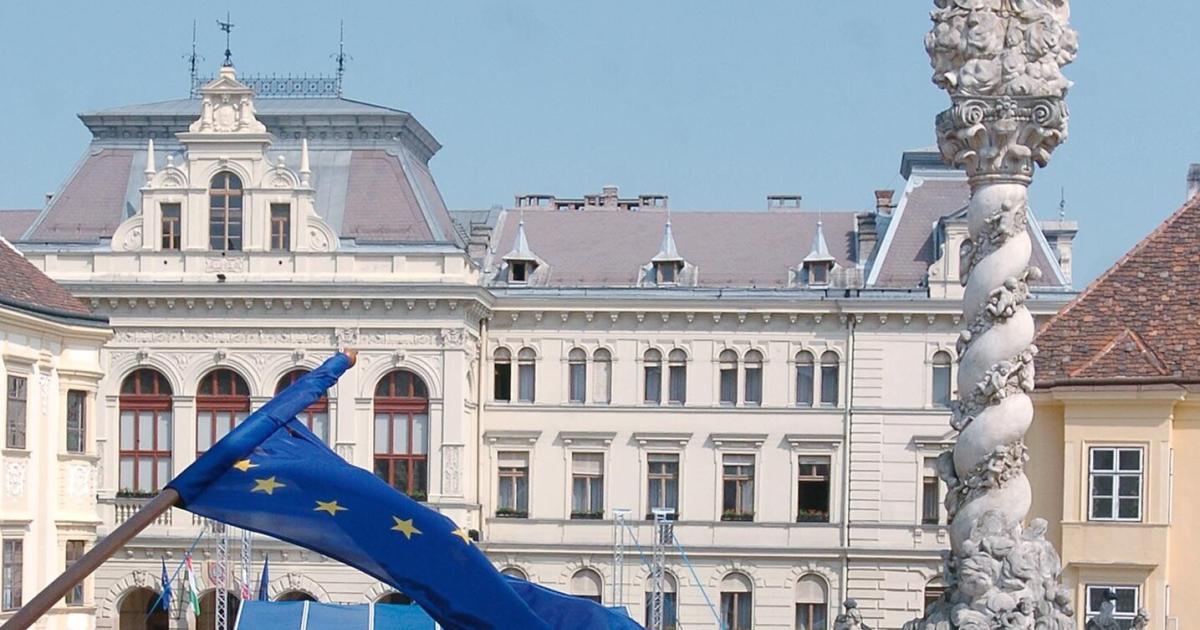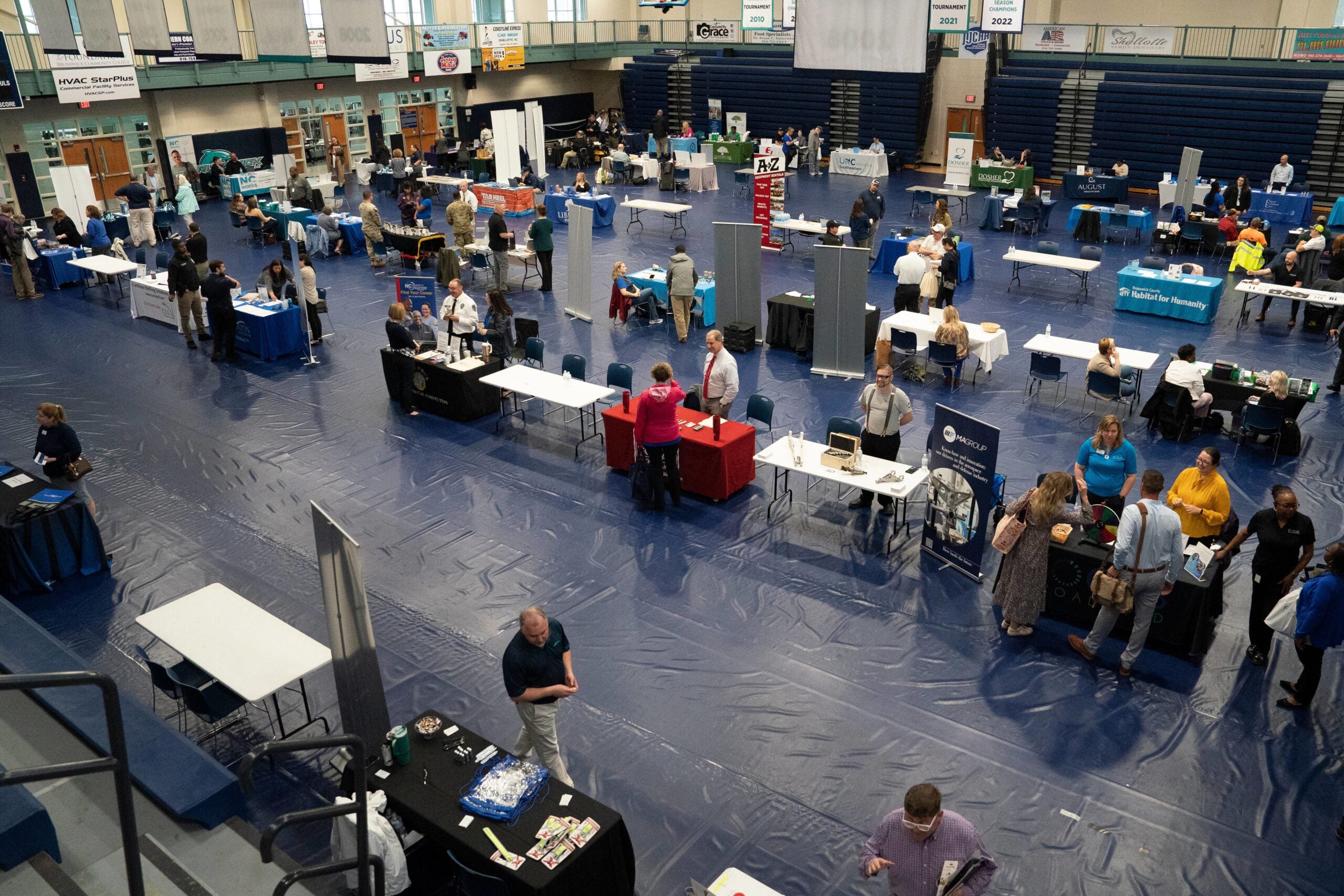Central and Eastern European countries have been recognized as an economic success story by Raiffeisen, with their steady increase in economic performance since joining the European Union. However, political challenges were sometimes underestimated. The symbolic opening of a border fence near Sopron in 1989 marked the beginning of the end of the Iron Curtain, leading to the integration of several countries into the legal frameworks of the European Union.
Despite political challenges, economic integration and competitiveness in foreign trade have improved in the region, leading to sustained prosperity and potential for catching up in the banking sector. While some countries, like the Czech Republic and Slovakia, have shown significant progress in this area, others, such as Hungary, Slovenia, and Poland, have lagged behind. Despite these variations, Austria’s banks have established a strong presence in the region, capturing a significant market share.
However, unexpected challenges emerged at the political level due to EU’s eastward enlargement. Issues such as increasing skepticism towards the EU and rise of right-wing extremist parties were not fully anticipated at the time of expansion. Experts emphasize that future EU enlargements should consider geopolitical and social components to address concerns of all citizens in the region.
In conclusion, while Raiffeisen recognizes an economic success story in Central and Eastern Europe with steady increase in economic performance since joining EU; it is important to recognize and address political and social implications of EU integration to ensure a more inclusive and sustainable future for the region.


